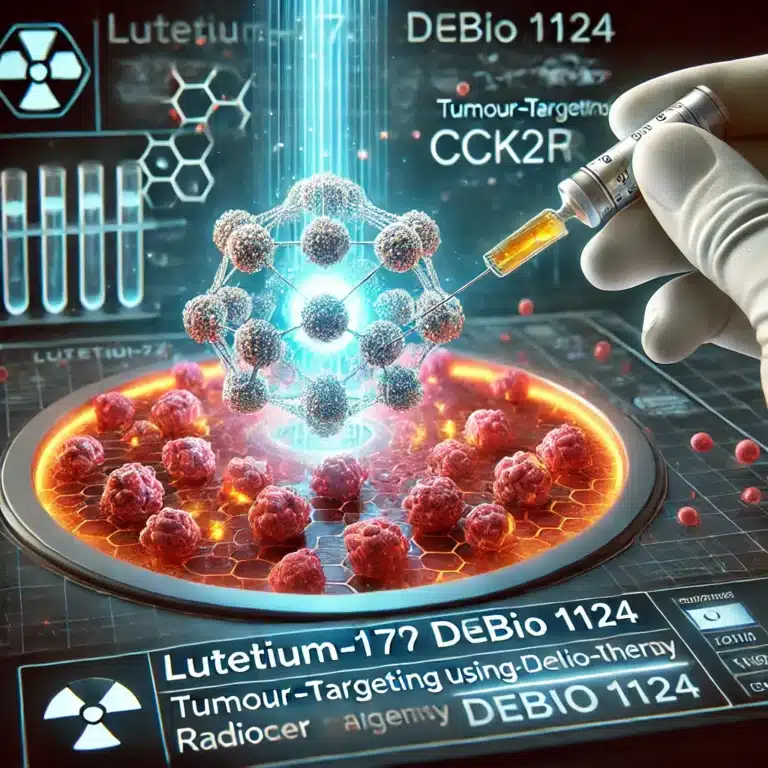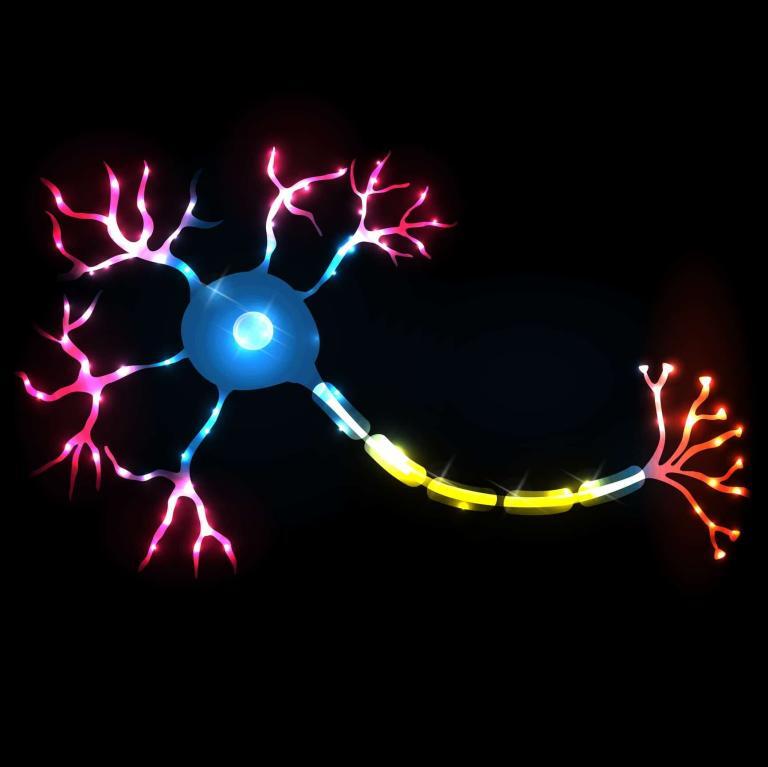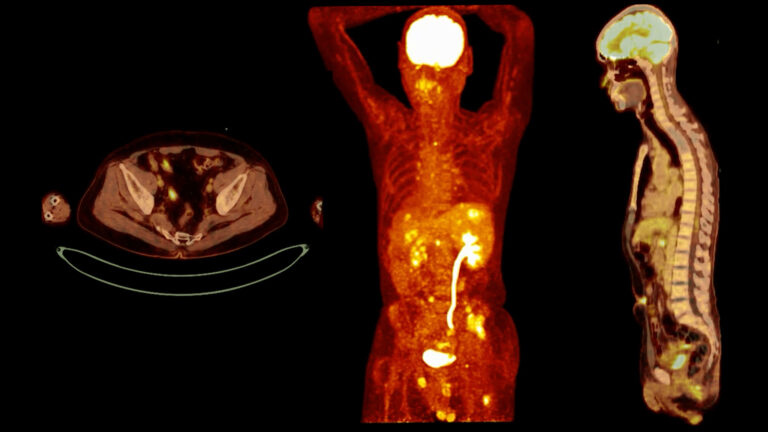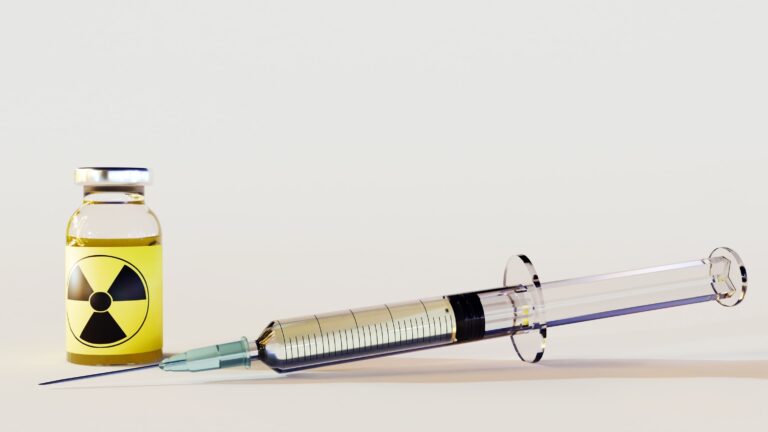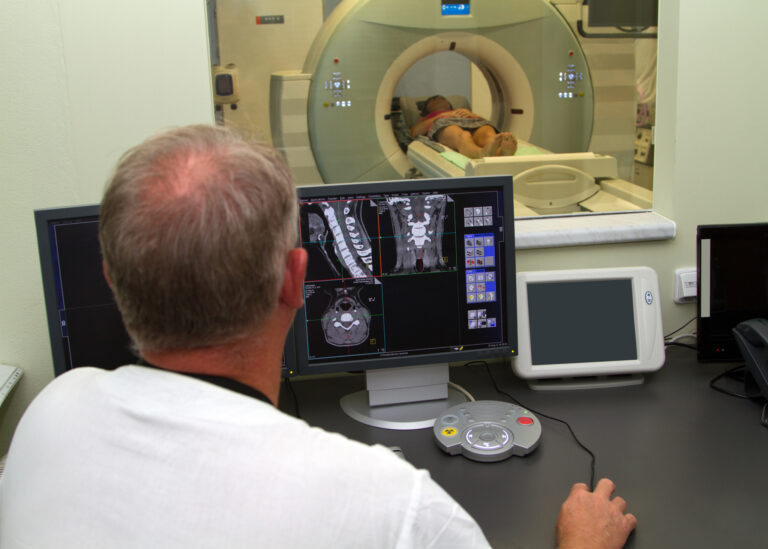PET Scan
A positron emission tomography (PET) scan is a cutting-edge medical imaging technique that visualises and measures the metabolic activity of the body’s tissues and organs. By providing detailed information on the cellular level, positron emission tomography scans have revolutionised the diagnosis, staging, and treatment of numerous diseases, including cancer, neurological disorders, and cardiovascular diseases.
These scans rely on detecting positrons, subatomic particles emitted during the radioactive decay of certain isotopes. The procedure involves the injection of a radiotracer, a compound that includes a small amount of a radioactive substance called a radionuclide. The most commonly used radiotracer is fluorodeoxyglucose (FDG), a molecule similar to glucose. FDG is absorbed by cells throughout the body, with cancerous and other highly active cells taking up more of the compound than normal cells.
As the radionuclide decays, it emits positrons that collide with nearby electrons, resulting in the annihilation of both particles and the production of two gamma-ray photons. These photons travel in opposite directions and are detected by a ring of detectors surrounding the patient. By analysing the timing and location of these detections, a computer can generate a three-dimensional image of the body’s tissues, indicating areas of high and low metabolic activity.
- PET scans have proven invaluable in oncology, assisting in detecting, staging, and monitoring various cancers. The high metabolic rate of cancer cells enables the PET scan to identify tumours, metastases, and recurrences with remarkable accuracy. Additionally, PET scans can help assess the effectiveness of cancer treatments such as chemotherapy, radiation therapy, and targeted therapies.
- PET scans have also significantly contributed to the understanding and diagnosing of neurological disorders. By mapping glucose metabolism in the brain, PET scans can detect early signs of Alzheimer’s disease, Parkinson’s disease, and epilepsy. Furthermore, PET scans can be used to localise seizure foci, aiding in the surgical planning for epilepsy patients.
- In cardiology, PET scans can assess myocardial viability in coronary artery disease or heart failure patients. In addition, by revealing diminished blood flow and metabolic activity areas, PET scans can help identify damaged or non-functioning heart tissue, informing treatment decisions and prognoses.
These scans offer advantages over other imaging techniques, such as computed tomography (CT) and magnetic resonance imaging (MRI). The ability to measure metabolic activity allows for early disease detection and accurate assessment of treatment response. Moreover, these scans can be combined with CT or MRI to provide detailed anatomical and functional information in a single study.
Despite its many benefits, PET scans have limitations. Radioactive tracers may raise concerns about radiation exposure, although the risks are generally low. Additionally, these scans can be costly and not covered by all insurance plans. Finally, PET scans may yield false-positive or false-negative results, particularly in cases of inflammation or infection, which can also demonstrate increased metabolic activity.
You are here:
home » PET scan


